Moving into a new home in a region with freezing temperatures can be a big adjustment. The crisp air and snowy landscapes are beautiful, but they also bring unique challenges for homeowners. Preparing your home to handle the cold is not just about comfort; it’s about safety and efficiency.
In this article, we’ll share essential systems your house needs to keep your family warm and secure through the harshest winters. Let’s dive into them!
Installing a High-Efficiency Furnace for Reliable Warmth
Your primary defense against the biting cold is a robust and efficient heating system. For many homeowners in frigid regions, a high-efficiency furnace is the gold standard. Unlike older, standard-efficiency models that lose a significant amount of heat through exhaust, modern high-efficiency furnaces are designed to convert their fuel into usable warmth for your home. These systems also provide more consistent heat, eliminating the cold spots and temperature swings that can be common with outdated units.
When considering an upgrade or a new build, it’s crucial to ensure the furnace unit is sized and installed correctly to maximize its benefits. This is where professional expertise becomes invaluable. Proper installation affects everything from the furnace’s performance to its lifespan. Seeking out furnace installation services offered by professionals, such as Steele Brothers Heating Inc, will ensure your system is set up for success, providing your family with dependable warmth for years to come. A properly installed furnace is not just a component of your house; it’s the heart of your comfortable winter sanctuary.
Securing Your Home With Proper Insulation
Think of insulation as the winter coat for your house. Without it, even the most powerful furnace will struggle to keep your home warm, as precious heat escapes through walls, attics, and floors. Proper insulation is fundamental to creating a thermal barrier between your cozy interior and the freezing outdoors. Materials are rated by their “R-value,” which measures their resistance to heat flow. In colder climates, a higher R-value is essential. A well-insulated home traps the warmth generated by your heating system, reducing its workload and, consequently, your energy consumption. This not only lowers your heating costs but also contributes to a more environmentally friendly home by reducing your carbon footprint.
Investing in good insulation for your attic, walls, and even your basement or crawlspace is one of the most effective ways to improve your home’s energy efficiency and comfort. It prevents the formation of ice dams on your roof, which can cause significant water damage, and helps maintain a consistent temperature throughout your home. From spray foam that seals every nook and cranny to traditional fiberglass batts, there are many options to fit different needs and budgets. Ensuring your home is well-wrapped against the cold is a foundational step in preparing for winter.
Ensuring Hot Water Access With a Dependable Water Heater
The misery of a cold shower on a frosty morning is something no homeowner wants to experience. In a freezing climate, a dependable water heater is an absolute necessity, not just for comfort but also for preventing plumbing disasters. When temperatures plummet, the risk of water pipes freezing and bursting increases dramatically. A reliable water heater ensures that warm water is flowing, which can help prevent the water in your pipes from dropping to freezing temperatures.
And when it comes to something as crucial as your hot water supply, professional installation is key. Consulting with water heater installation experts, like George Morlan Plumbing, ensures your system is correctly installed and vented, providing safe and reliable access to hot water all winter long. These professionals handle the complex connections to gas or electrical lines, a critical safety measure that prevents dangerous leaks or electrical faults. A professional installer also guarantees that the unit complies with all local building codes and that your manufacturer’s warranty remains valid.
Protecting Your Plumbing With a Freeze-Proof System
Beyond the water heater itself, a comprehensive approach to protecting your entire plumbing system is vital. Frozen pipes can lead to catastrophic damage, causing extensive flooding and costly repairs. The first step is to identify and insulate all vulnerable pipes, particularly those in unheated spaces like attics, basements, and crawl spaces. Simple foam pipe sleeves are inexpensive and easy to install, providing an effective layer of protection.
For exterior faucets, it’s crucial to disconnect garden hoses, shut off their water supply from an indoor valve, and drain them completely before the first frost. Installing frost-proof sillcocks can provide an additional layer of security. In extremely cold weather, allowing a faucet to drip slowly can keep water moving through the pipes, helping to prevent it from freezing. Taking these proactive steps to create a freeze-proof plumbing system will safeguard your home from the significant stress and expense of a burst pipe.
Improving Air Quality With a Heat Recovery Ventilator
In the quest to keep our homes warm, we often make them airtight. While this is great for energy efficiency, it can lead to poor indoor air quality. Stale, humid air gets trapped inside, along with pollutants, allergens, and moisture. This can create an unhealthy living environment and lead to problems like condensation on windows and even mold growth. A Heat Recovery Ventilator (HRV) is a brilliant solution to this problem, especially for modern, well-insulated homes in cold climates. An HRV is a ventilation system that continuously exchanges stale indoor air with fresh outdoor air while conserving energy.
The magic of an HRV is in its heat exchange core. As it expels the stale, warm air from your home, it transfers the heat from that outgoing air to the fresh, cold air it brings in from outside. This process preheats the incoming air, so your furnace doesn’t have to work as hard to warm it up to your desired indoor temperature. This means you can enjoy a constant supply of fresh air without a significant energy penalty. An HRV system ensures your home is not only warm but also healthy and comfortable throughout the long winter months.
Preparing your home for a freezing climate involves a system-based approach. By ensuring you have a high-efficiency furnace, proper insulation, a reliable water heater, protected plumbing, and a quality ventilation system, you create a safe, comfortable, and efficient home. These five pillars will not only help you weather the winter with confidence but will also provide value and peace of mind for years to come.

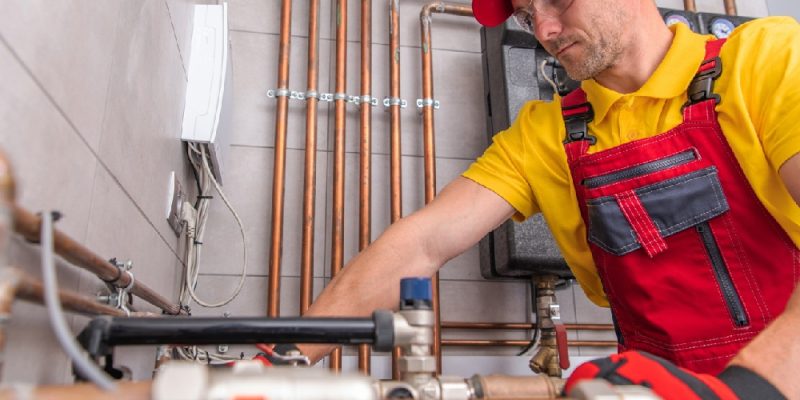
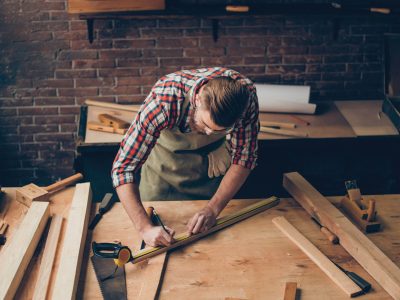
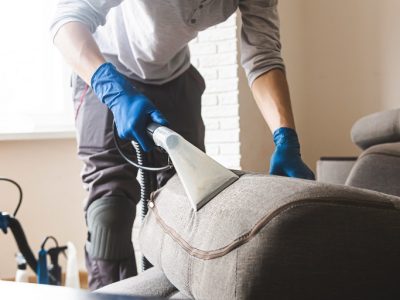

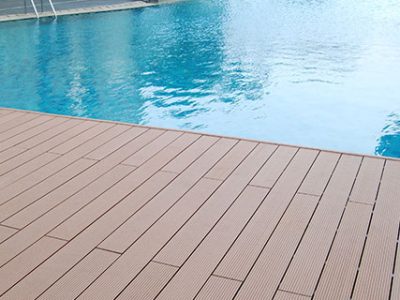
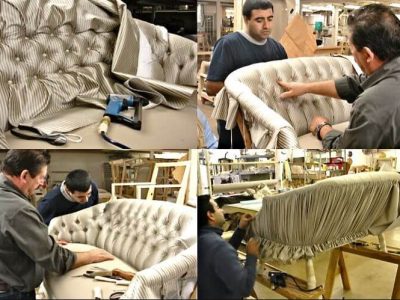



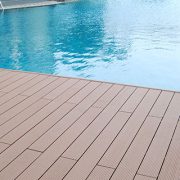



Comments